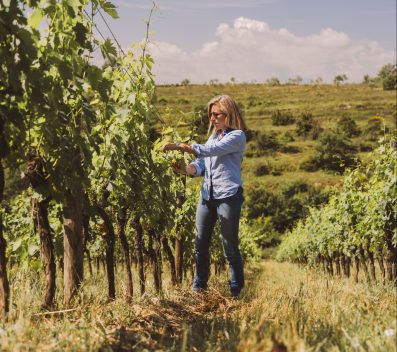For Italian wine exports, Thailand could represent a new frontier to focus on. While the Asian region shows worrying signs concerning European wine exports, the Thai market is registering positive growth: +2.38% between January and October 2024, with a value of €67.71 million. This is partly due to recent tax reforms, which temporarily suspended the high import duties previously set at 54% and halved the wine excise duty from 10% to 5%.
We discussed this with Gian Carlo De Cesare, CEO and founder of First Global and Global Wine Brand Strategist for Italasia Group, who highlights that while this area holds great potential, it requires a well-thought-out strategy.

According to Eurostat, it's the only growing Asian market. Do you confirm this?
Yes, the wine market in Thailand stands out as a positive exception in the Asian panorama, with a remarkable increase in demand for wine. However, it's important to note a key factor: the growth in export volumes was partly a response to a slowdown observed in 2023. That year, many importers decided to delay their orders, awaiting the new tariff regulations introduced in 2024. This phenomenon temporarily compressed trade flows, leading to a more pronounced recovery once the new regulatory framework was clarified.
How much did the 2024 tax exemptions contribute?
The main goal of the wine tax exemption was to boost tourism. The decision by the Thai government, introduced in March 2024, had a significant impact. The elimination of import duties and the reduction of excise taxes made some wine categories significantly more affordable. The full effects will be observed over time, particularly as stock taxed under the old tariff regime is depleted—likely by 2025.
Is there already talk of reintroducing or maintaining lower taxes?
There are no definitive indications about the duration of the current tax reductions. A new fiscal intervention could compress the market, creating uncertainty for both importers and consumers. However, the Thai government is focusing its efforts on economic recovery, which could push toward favourable fiscal policies to encourage the consumption of imported products, including wine. It’s worth noting the role of local alcohol producers, who are pressuring for protective measures for domestic production and reductions in their operational costs. The situation remains fluid. We'll have to see how the government balances these dynamics in the coming months or years.

Is this a market driven more by tourism, or is there local interest as well?
In major tourist areas like Bangkok, Phuket, Samui, and Chiang Mai, a significant portion of consumption is driven by international visitors. At the same time, the local market is showing promising signs. Particularly, young Thais are developing a growing interest in wine. This emerging segment is strongly influenced by exposure to global trends and an interest in international cuisines.
What are the current trends?
Young people in urban areas are increasingly showing a preference for high-quality premium wines. This reflects a desire to explore sophisticated products and associate wine consumption with cultural and exclusive experiences. The positive perception of "Made in Italy" benefits Italian wines—especially reds—which are seen as synonymous with quality and excellence by consumers.

Are there other categories gaining success?
Statistics show growth in still wines, but the sparkling wine sector is where the most dynamism is evident. Champagne maintains its status as a symbol of luxury for wealthier consumers. Prosecco, on the other hand, is gaining a broader consumer base thanks to its excellent value for money. In Thailand, there are over 25 brands with all variations of labels. In major supermarkets, there are entire walls dedicated to Prosecco.
Do you see any critical issues or weaknesses?
One criticism must be directed at producers: using Prosecco solely as a service product to increase revenues risks causing damage. Specifically, the widespread practice of offering Prosecco and Brut bottled by third parties from wineries in Spain, Piedmont, Sicily, or even the United States undermines the perception of quality of the territorial product and reduces its long-term value.
What are the other main challenges for Italian wine?
Despite the strong reputation of "Made in Italy," many Italian wineries lack marketing expertise tailored to complex markets like Thailand. There is a lack of regulatory knowledge and well-organised export associations to manage orders and logistics effectively.
What does that mean?
To succeed in Thailand’s wine market, targeted actions with a 3–5-year positioning strategy are required. These projects must be funded and managed by companies present in the territory. It is crucial for producers to realise that distribution and placement dynamics in Thailand and Asia are entirely different from those in other markets.
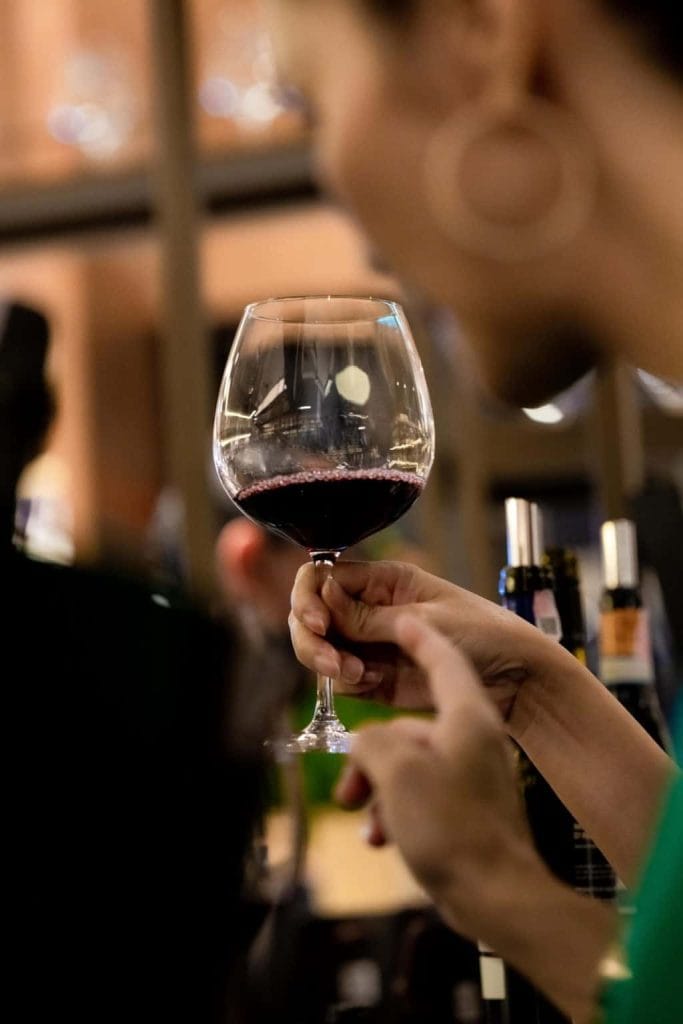
Who are Italy's main competitors?
Australia and Chile are the main wine exporters. These countries benefit from free trade agreements with Thailand, giving them a competitive edge. Italy is a significant exporter of still wines, primarily reds, ranking third in terms of volume. Tuscany, Veneto, Sicily, Trentino-Alto Adige, Piedmont, and Puglia lead the rankings. In summary, Italy holds a prominent position in the Thai market, particularly in the sparkling wine category, trailing only France and Australia in volume.
Can you give us some tips on consumption: when and where is wine most consumed?
First of all, keep in mind that wine still represents only 1% of total alcohol consumption. A significant statistic is that only 30% of the wine purchased in Thailand is consumed at home. This highlights how wine consumption is strongly associated with social moments and shared experiences, often in restaurants, wine bars, and events. While local consumers are inclined to explore native wines or those from small wineries and lesser-known producers, tourists prefer to opt for well-known wines with international or already-established grape varieties.
Are de-alcoholised or no-alcohol wines becoming popular?
There is currently no indication of interest in de-alcoholised or no-alcohol wines in Thailand. While I can't rule out their popularity in the future, I don’t believe Thailand is a country to target for the next 3–5 years. Local consumers strongly lean towards a pro-alcohol experience.
What developments do you foresee in the near future?
The demand for wine is definitely set to increase. Italy has everything it takes to play a leading role. The biodiversity of the territory and the variety of grape types are advantages, but they need to be supported by extensive promotional campaigns, sponsored and backed by producers to engage consumers. The wine market in Thailand represents a significant opportunity for Italian producers but requires a targeted strategy adapted to its specific characteristics. In such a dynamic context, it is not enough to produce excellent wines: it is essential to invest in companies capable of ensuring efficient distribution and a strategic presence in local channels.

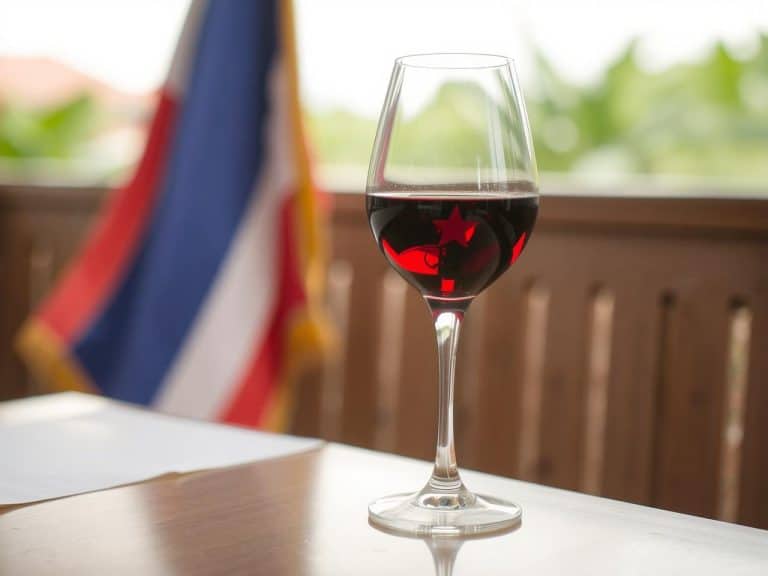
 2025 was the year of Trump's tariffs – will 2026 be better for Italian wine in the US?
2025 was the year of Trump's tariffs – will 2026 be better for Italian wine in the US?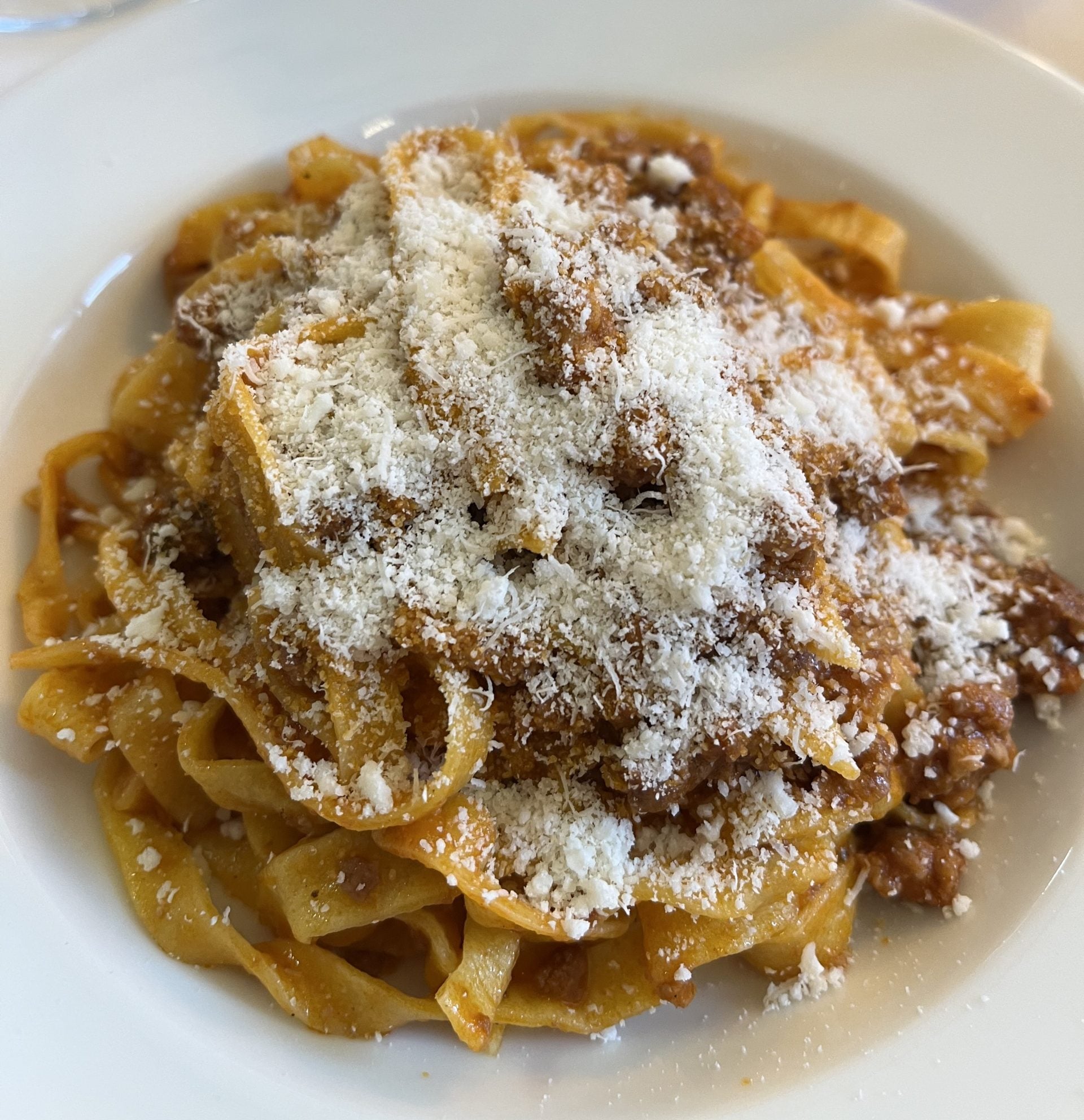 Italian cuisine recognised by UNESCO
Italian cuisine recognised by UNESCO Where is English sparkling wine going?
Where is English sparkling wine going?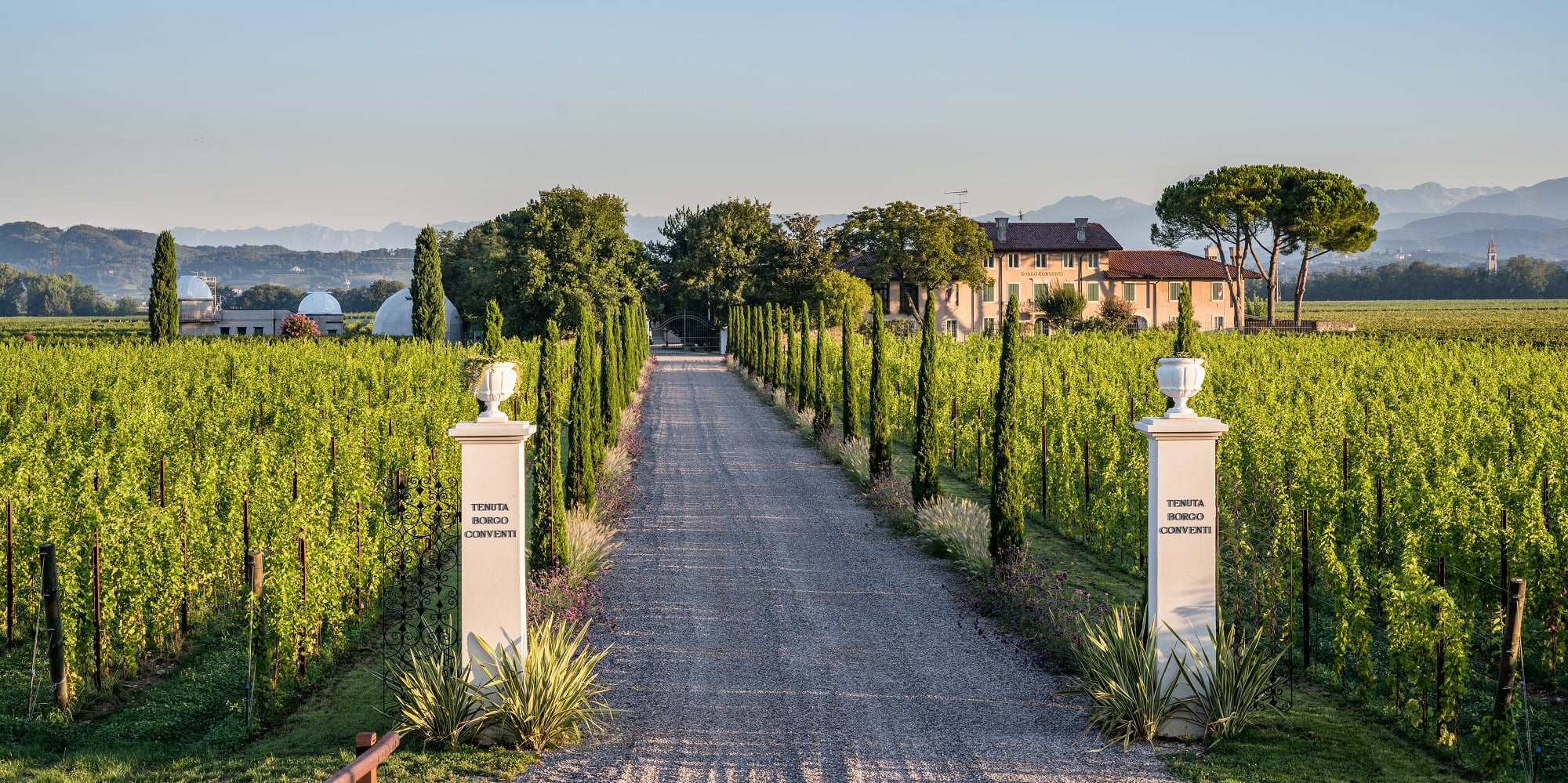 Why Borgo Conventi's Luna di Ponca should be on your radar
Why Borgo Conventi's Luna di Ponca should be on your radar Why Parmigiano Reggiano is about to become a Hollywood star
Why Parmigiano Reggiano is about to become a Hollywood star


